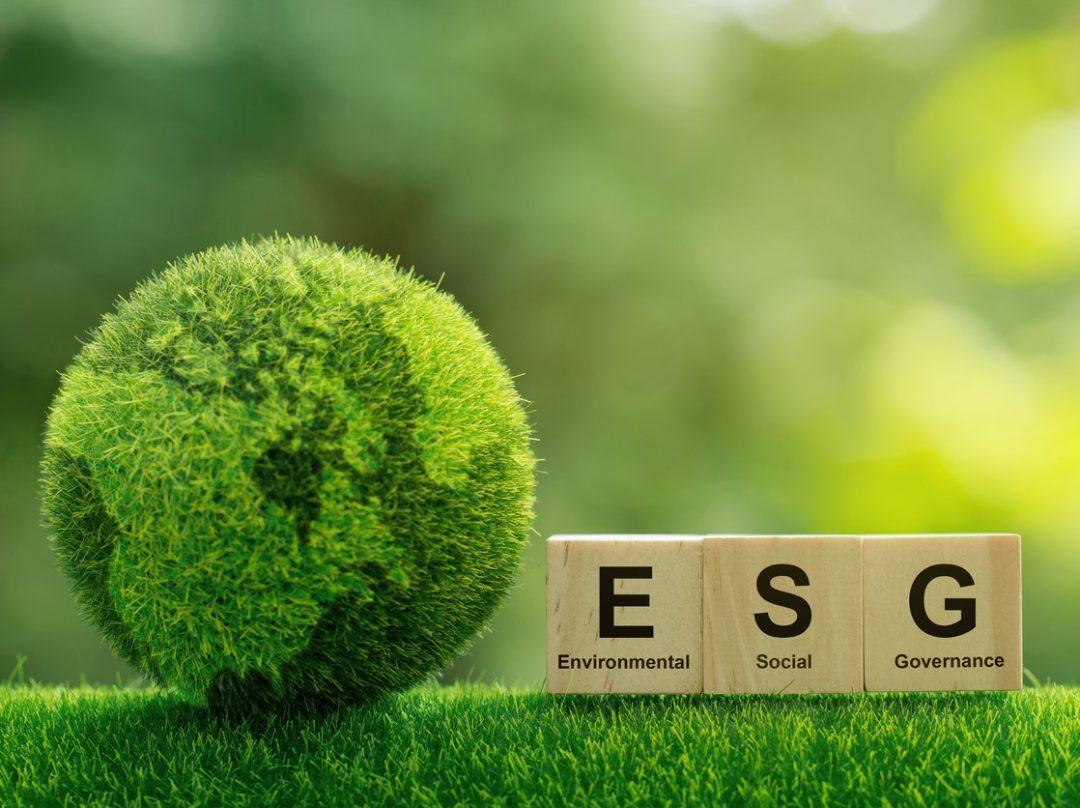
Oatly, a Swedish vegan milk producer, was considered by many to be the epitome of sustainability, backed by celebrity investors such as Oprah Winfrey and Jay-Z. But growth hit a stumbling block when a $200 million deal with private equity firm Blackstone put the company’s finances and reputation in jeopardy.
Blackstone had been linked to a highway contributing to the deforestation of the Amazon rain forest, and while the company denied any connection to the road, activists on social media persisted with criticism.
Companies are under intense pressure today to reduce their carbon footprint. An Edelman study revealed that 64% of consumers worldwide will buy or boycott a brand solely based on its level of compliance with environmental, social and corporate governance (ESG) requirements.
This is especially impactful for supply chain stakeholders, given that an estimated 90% of a company’s environmental footprint is in the supply chain. To combat these effects and reduce in-house risk, following are five steps you can take to improve your company’s commitment to the “E” portion of ESG.
Recognize reporting reality. Businesses struggle to turn ESG goals into measurable results. Not only is it difficult to measure your company’s own results, the problem is compounded by trying to discover what third-party suppliers are doing. Consider new ESG platforms to streamline measurement and remediation. They should score ESG maturity and accurately measure and address compliance for data-driven decisions.
Look around you. Buildings create 39% of global carbon emissions — 28% from energy needed to heat, cool and power them, and the remaining 11% from materials and construction. Spending more to make your building green now will save your company a lot of green for years to come.
Pursue better purchases. Heidelberg Cement made a commitment to be carbon-neutral concrete by 2050. However, the company had to create a certification system to only purchase from responsibly sourced suppliers. This process can be complex for small-scale suppliers, so the company needed an online program to help certify social, economic, and environmental aspects along the entire supply chain.
Think three pillars. A successful zero-waste program diverts 90% of waste from landfills. The three pillars of modern-day waste management — reduce, reuse and recycle — will help you in supply chain considerations. Use materials more efficiently or find other purposes for them. Scrap wood, even concrete and asphalt can be recycled. You’ll not only create less waste; you’ll save more money. Reusing materials can even be a new revenue stream with possible tax benefits.
Communicate conservation. Develop a communications strategy for sharing your zero-waste commitment and expectations with existing suppliers and new stakeholders. Track your waste-management data so you can include it in your marketing. It’s becoming common for companies to communicate their impact in accessible ways for stakeholders, such as reporting that they reduced emissions by X amount, the same impact as planting X number of trees.
Be sure to celebrate your successes and broadly communicate how you’re helping people and the planet via your website, annual report, or sustainability report. The public, investors and everyone in your supply chain will take notice of your ESG efforts, and you may attract new business from those seeking ESG-compliant partnerships. People are looking for leadership, so make sure the “E” for your company stands for “Excellent.”
Katie Martin is sustainability and ESG principal with Avetta.







